Frequently Asked Questions
1. Why are sustainable knives important?
2. What eco-friendly materials are used in the production of sustainable knives?
3. What manufacturing practices contribute to sustainable knife production?
4. What are the benefits of using sustainable knives?
5. How can I choose the right sustainable pocket knife?
As we navigate through an era where sustainability is no longer just a trend but a necessity, the kitchenware industry is stepping up its game, especially with the revolutionary advancements in sustainable knives. Gone are the days when we had to compromise between quality and eco-friendliness. Today, we’re discussing pocket knives that not only perform well but also tread lightly on our planet. This comprehensive guide showcases various eco-friendly materials and practices involved in the manufacturing of sustainable knives.
The Importance of Sustainable Knives
With the rise in environmental awareness, the need for sustainable products is paramount. The knife industry is no exception. Here’s why opting for sustainable knives, particularly pocket knives, makes a significant difference:
- Reduced Environmental Impact: By utilizing sustainable practices, we can significantly cut down on waste and pollution.
- Conserving Resources: Sustainable knives often use materials that are renewable, recyclable, or biodegradable.
- Quality and Longevity: Many sustainable materials enhance the durability and longevity of knives, providing you with reliable tools.
- Support Ethical Practices: Choosing eco-friendly knives often means supporting fair labor practices and ethical sourcing.
Eco-Friendly Materials in Knife Production
When it comes to the materials used in sustainable knives, a few stand out as particularly beneficial, both for the environment and for your cutting needs. Below are key eco-friendly materials commonly found in the production of pocket knives:
Recycled Steel
Steel is a traditional material in knife-making, yet the production process can significantly impact the environment. By using recycled steel, manufacturers can minimize resource extraction and energy consumption. This steel retains the same quality and durability as new steel, representing an excellent choice for sustainable pocket knives.
Bamboo
Bamboo has gained popularity in various products, including kitchen knives. As one of the fastest-growing plants on Earth, bamboo is renewable, biodegradable, and requires minimal resources to grow. Knives made with bamboo handles are stylish, lightweight, and serve as a beautiful homage to nature.
Recycled Plastics
While plastic has garnered a bad reputation, recycled plastics can play a critical role in sustainable knife-making. These materials prevent plastic waste from ending up in landfills and oceans, all while providing a sturdy and effective handle option for pocket knives. This shift demonstrates that with the right approach, we can repurpose materials that would otherwise contribute to environmental degradation.
Organic Cotton and Hemp
Many eco-friendly knife manufacturers also focus on the packaging and accessories that accompany their products. Using organic cotton or hemp for knife covers, sheaths, or storage bags is a fantastic way to keep the sustainability message alive. These materials are not only biodegradable but also reduce the environmental costs associated with synthetic fabrics.
Eco-Friendly Manufacturing Practices
The materials are just the beginning; equally important are the manufacturing practices employed in producing sustainable knives. Here are some essential practices that enhance the sustainability of pocket knives:
Energy Efficiency
Modern manufacturers are increasingly adopting energy-efficient practices, utilizing renewable energy sources such as solar or wind power. This shift significantly reduces the carbon footprint associated with knife production.
Water Conservation
In the manufacturing sector, water is often used extensively for cooling or cleaning. Sustainable knife manufacturers are implementing closed-loop water systems, ensuring that water is recycled and reused, minimizing waste.
Waste Reduction
Reducing waste is a crucial aspect of sustainable manufacturing. From cutting the materials in a way that minimizes scrap to recycling shavings and excess materials, manufacturers are dedicated to making every ounce of material count.
Responsible Packaging and Shipping
Even the best-made knives can have an environmental impact if not packaged and shipped responsibly. Here are some tips manufacturers follow to ensure their products are delivered sustainably:
Biodegradable Packaging
Companies committed to sustainability choose biodegradable or recyclable packaging materials, avoiding plastic wraps and styrofoam that contribute to the growing waste problem.
Sourcing Locally
When possible, sustainable knife brands source their materials locally to cut down on transportation emissions. Additionally, local sourcing helps support small businesses and promotes regional economies.
Compact Shipping Methods
Efficient use of shipping space not only reduces costs for manufacturers but also decreases carbon footprints. By minimizing package size and weight, brands can impact shipping emissions significantly.
Benefits of Using Sustainable Knives
Beyond their positive impact on the environment, sustainable knives offer various practical benefits that enhance the user experience:
Durability
Knives made from high-quality sustainable materials often boast superior durability. For instance, recycled steel knives can hold an edge longer, requiring fewer sharpenings, enhancing your overall experience.
Healthier Choices
Choosing eco-friendly materials often means you are selecting products without harmful chemicals. Many manufacturers ensure that their materials are free from toxic substances, creating a safer option for both you and the environment.
Aesthetic Appeal
Sustainable knives, particularly those with bamboo or recycled plastic handles, can be visually stunning. The unique textures and colors can elevate the aesthetics of your kitchen or camping gear while maintaining their functionality.
How to Choose Your Sustainable Knife
When it comes to selecting the right sustainable pocket knife for your needs, there are several factors to consider:
Purpose
Are you using your knife for daily kitchen tasks, outdoor adventures, or everyday carry? Understanding your intended use will help narrow down your choices.
Material Preferences
Different materials offer varying experiences. If sustainability is your primary concern, you might lean towards recycled or organic materials. However, you should also consider practicality and comfort in your selection.
Brand Transparency
Research the brand’s commitment to sustainability and ethical practices. Look for brands that openly share their sourcing and manufacturing processes, assuring you that your purchase is supporting responsible practices.
Join the Movement for Sustainability
By choosing sustainable knives, especially pocket knives, you’re contributing to a global effort towards a more eco-conscious future. Each time you forgo conventional materials for eco-friendly options, you are casting a vote for our planet’s well-being. Additionally, every sustainable choice elevates awareness for businesses that prioritize our environment.
With sustainable knives, your every cut can be a conscious step towards preserving our world. Explore options available in the market, and make choices that align with your values. The journey towards sustainability is not just about making informed purchases but about fostering a lifestyle that honors the Earth and promotes sustainability for generations to come.
Let’s cut through the clutter and embrace a greener, more responsible way of living!




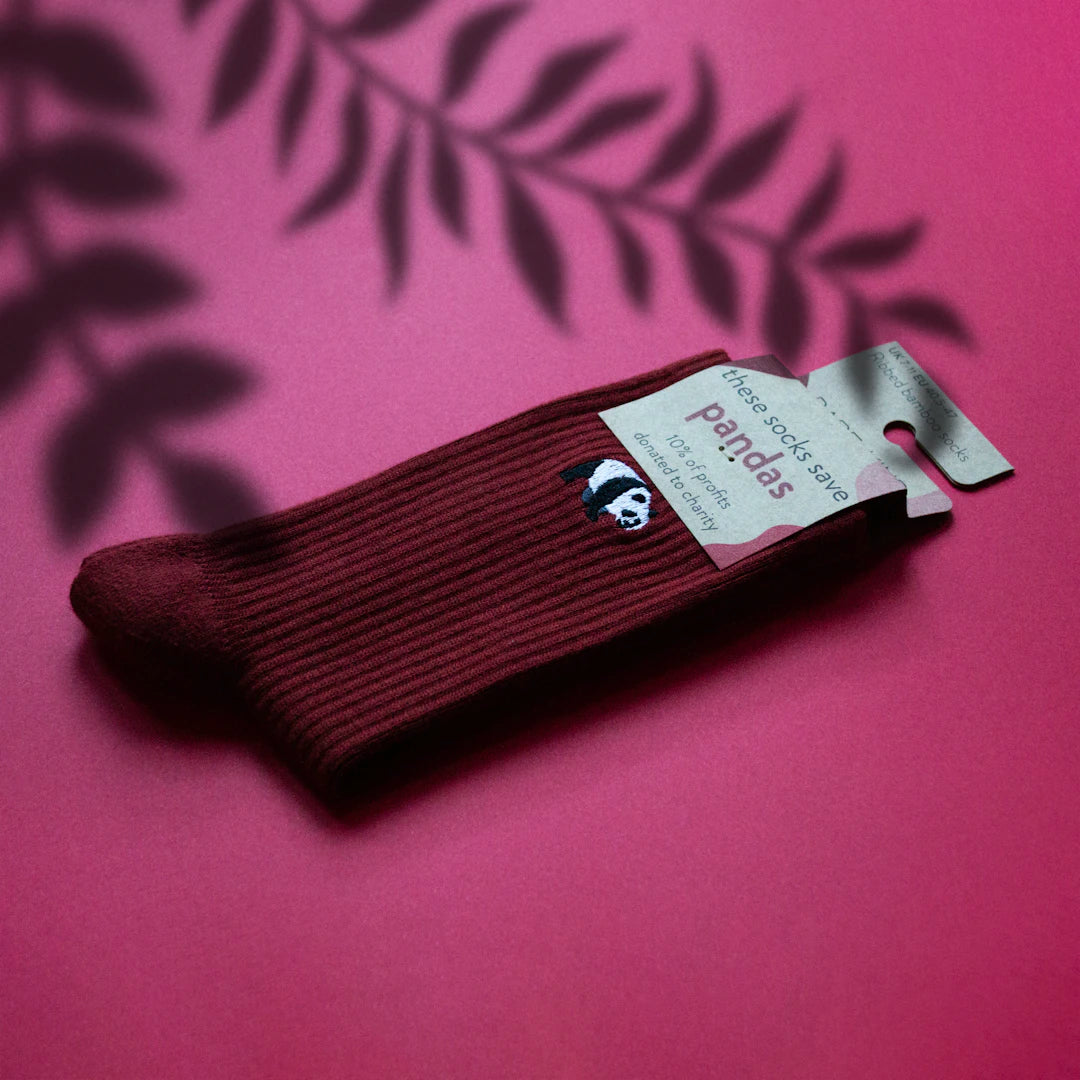

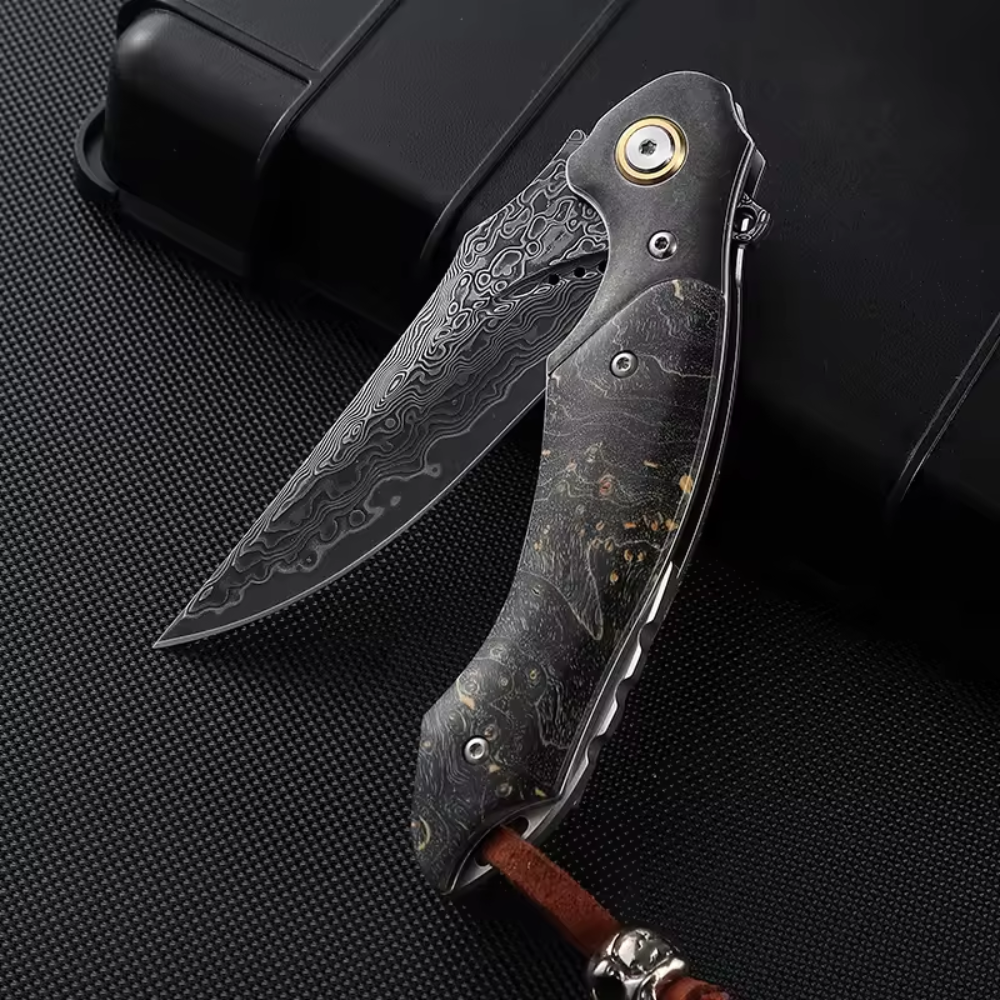
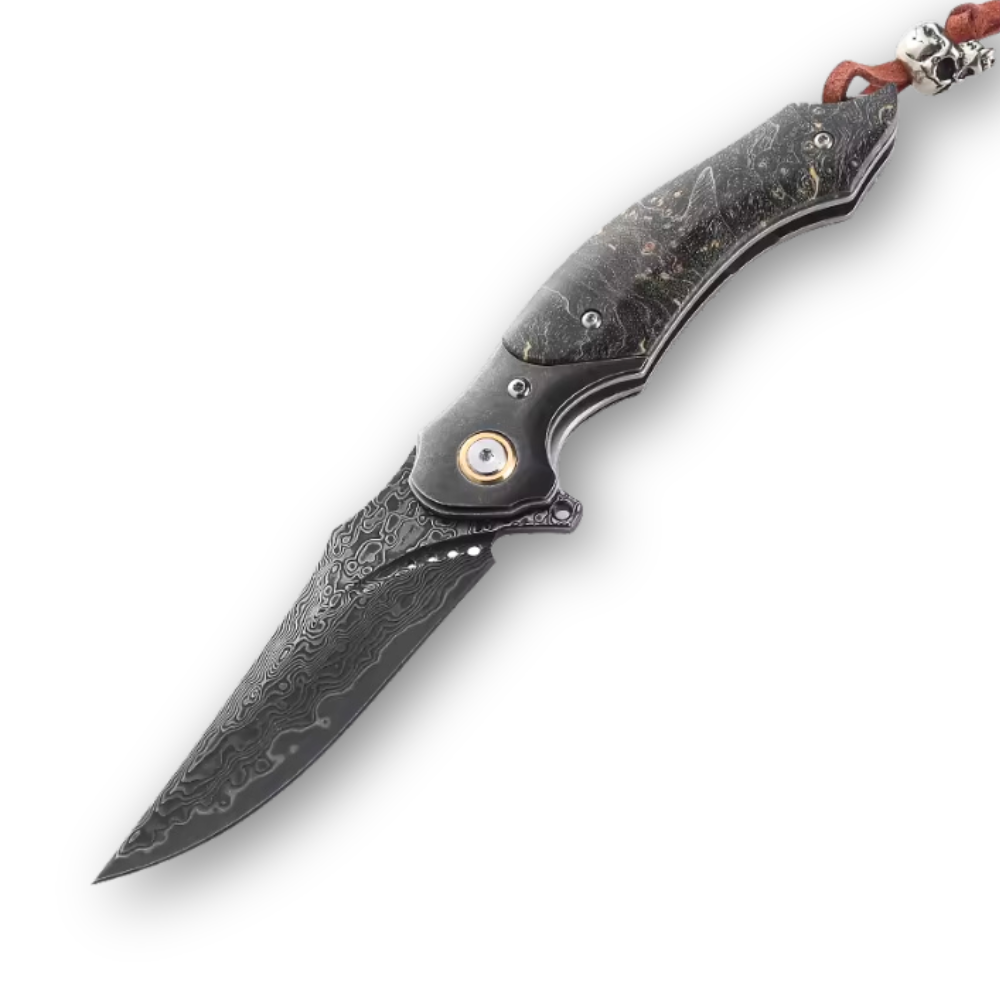
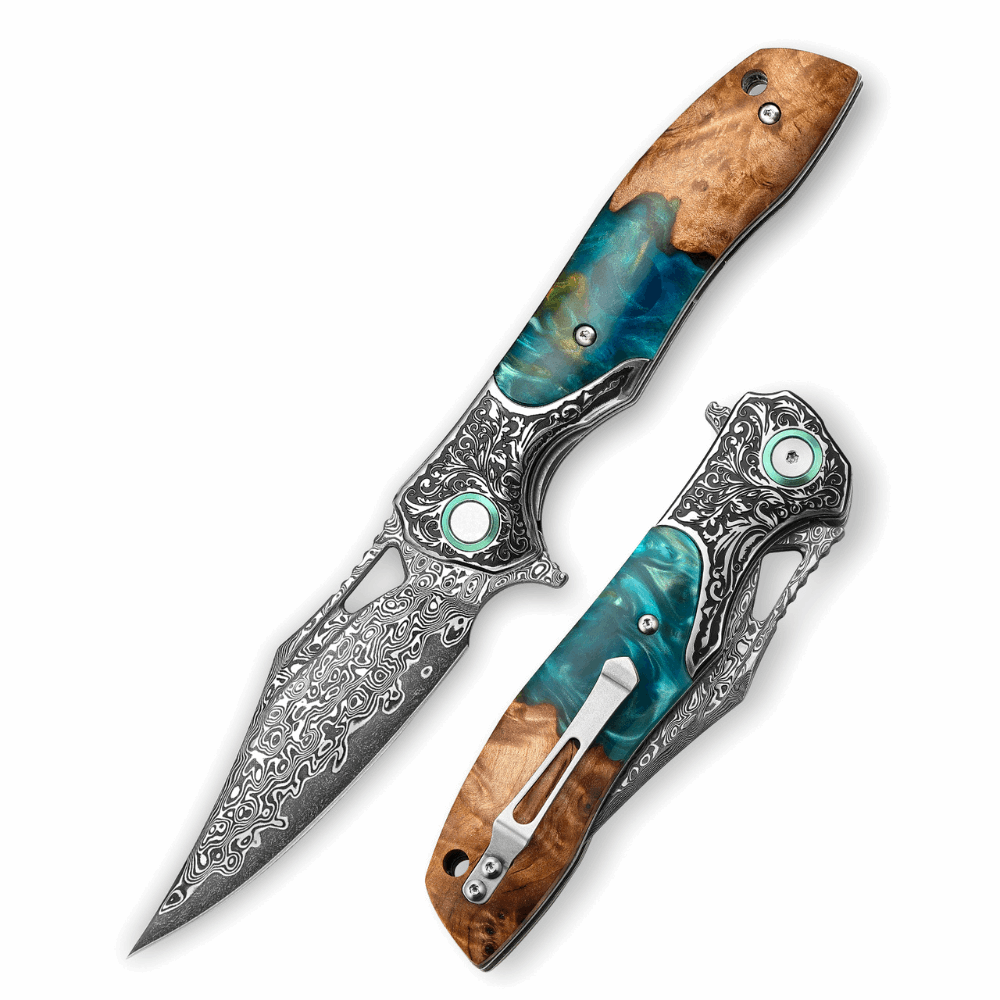
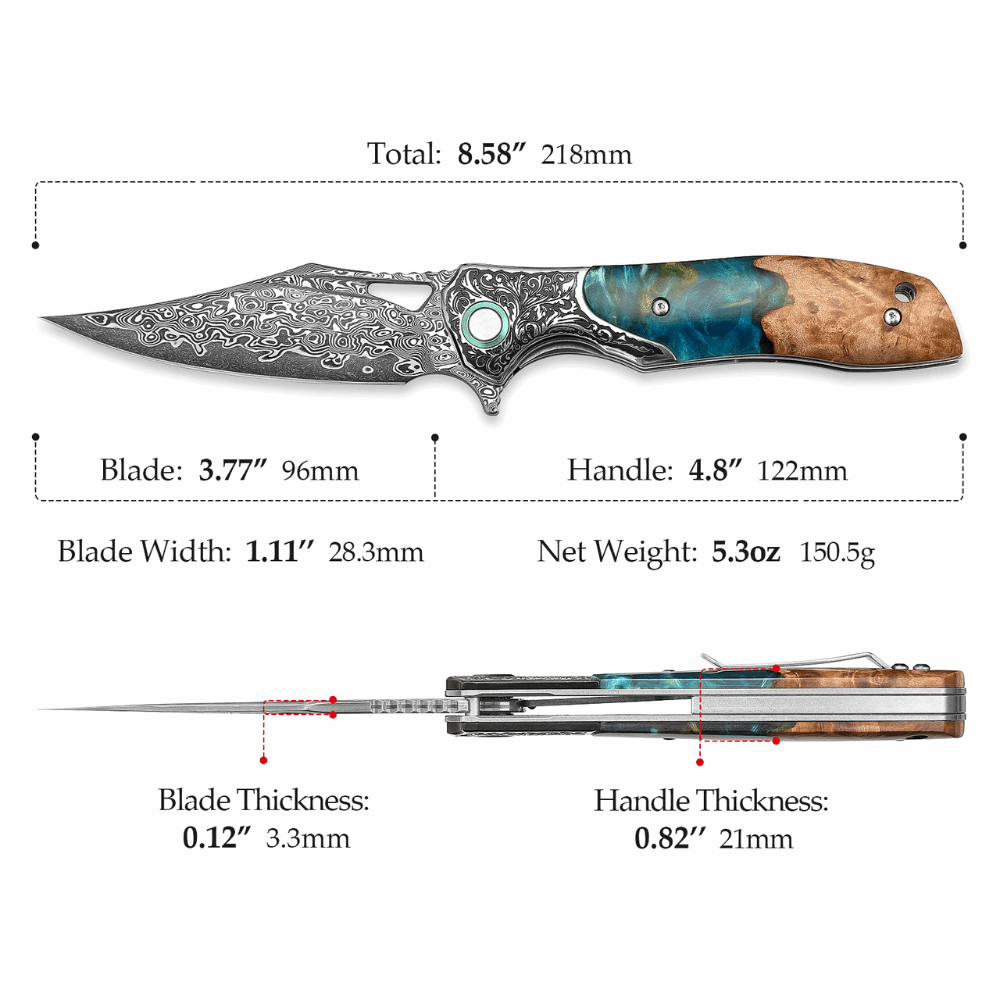
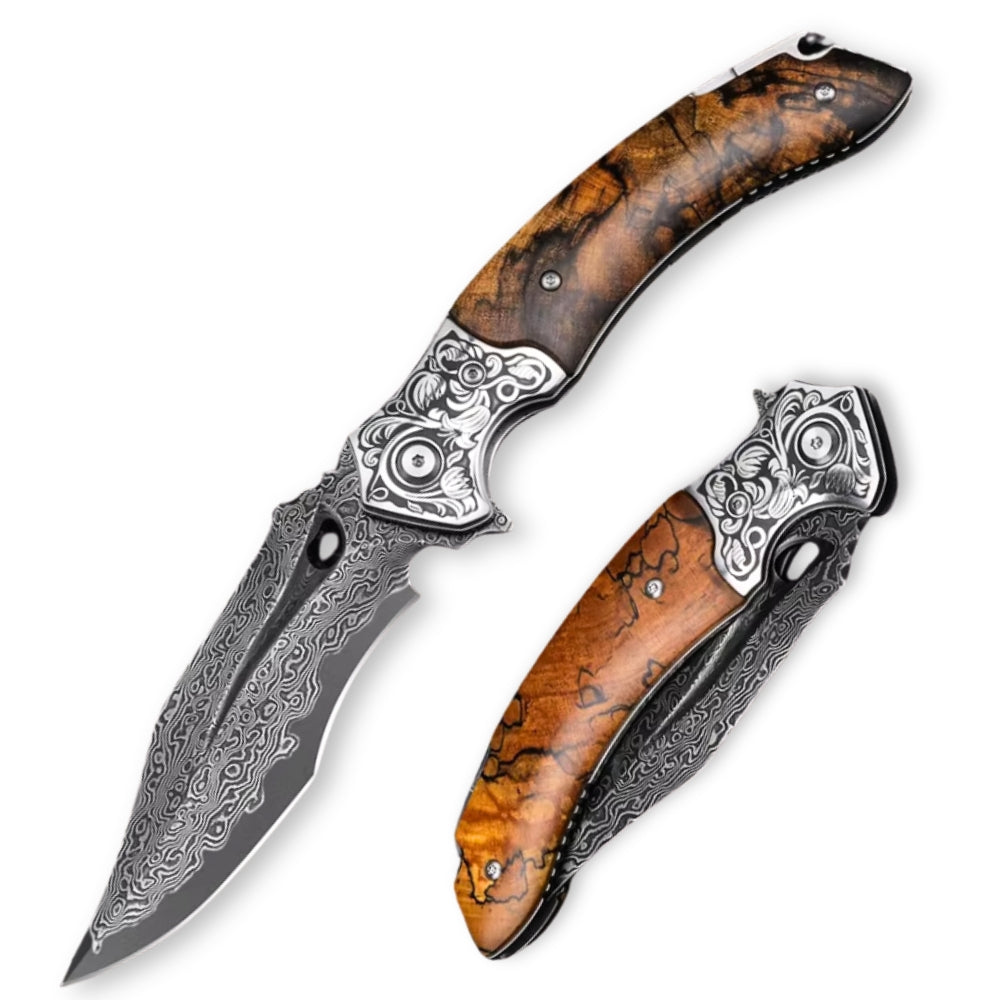
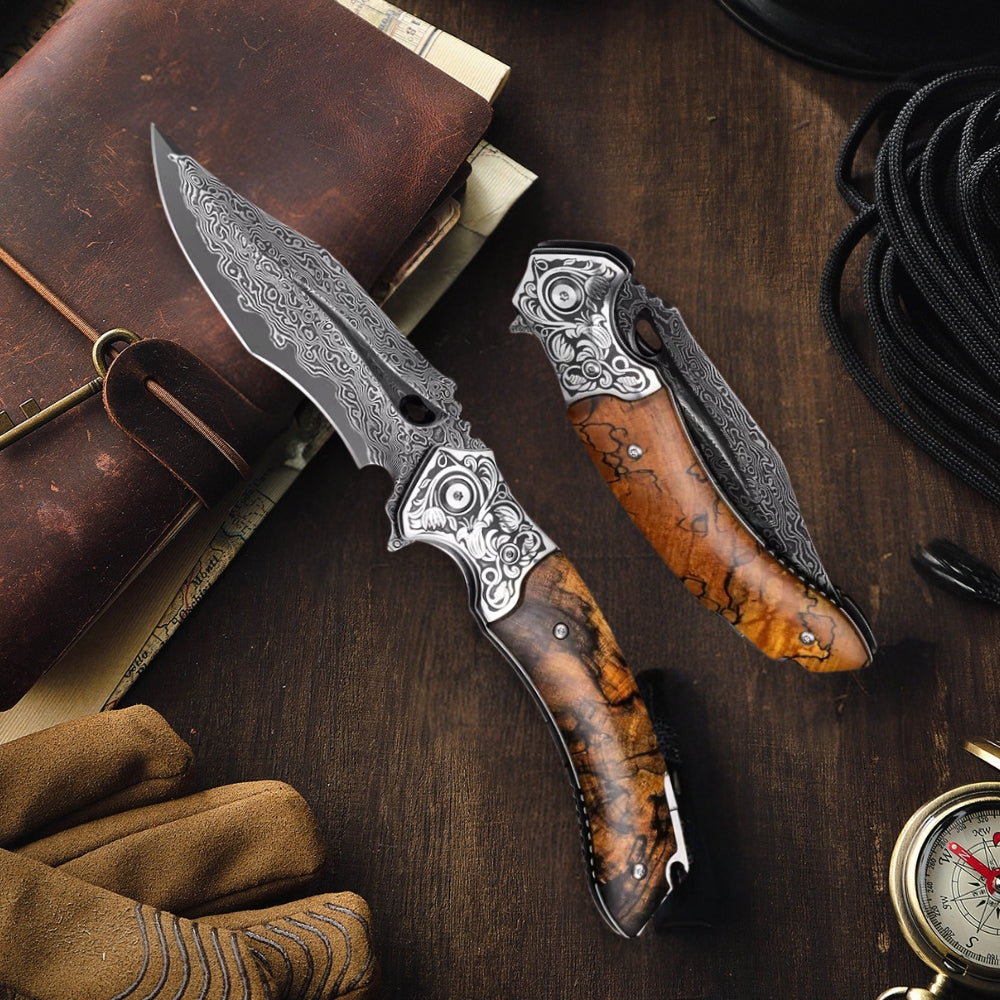
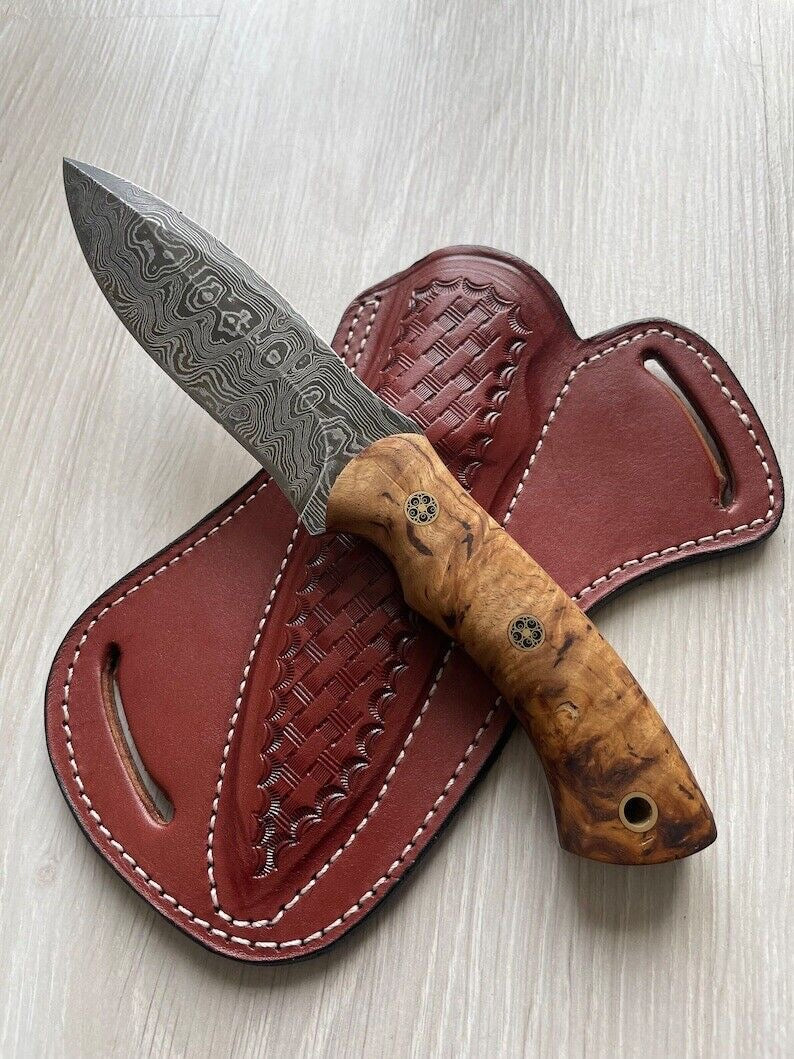

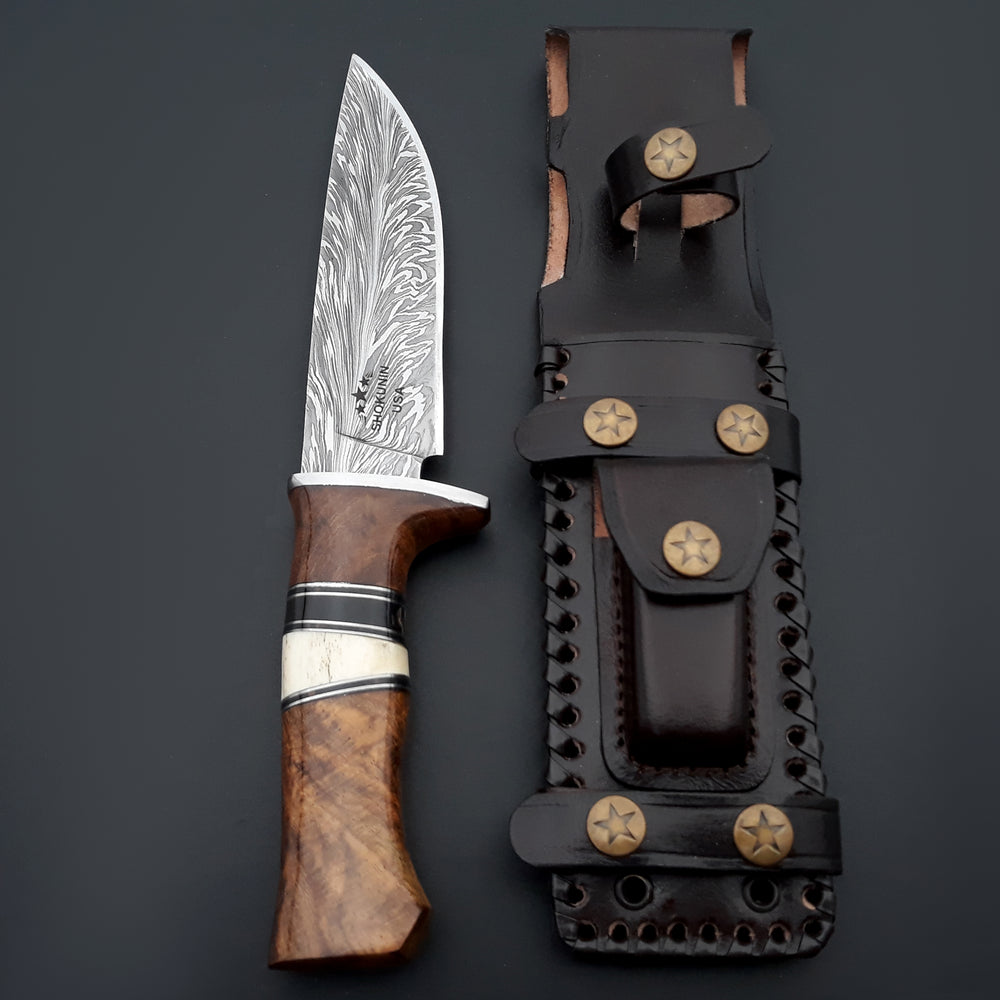
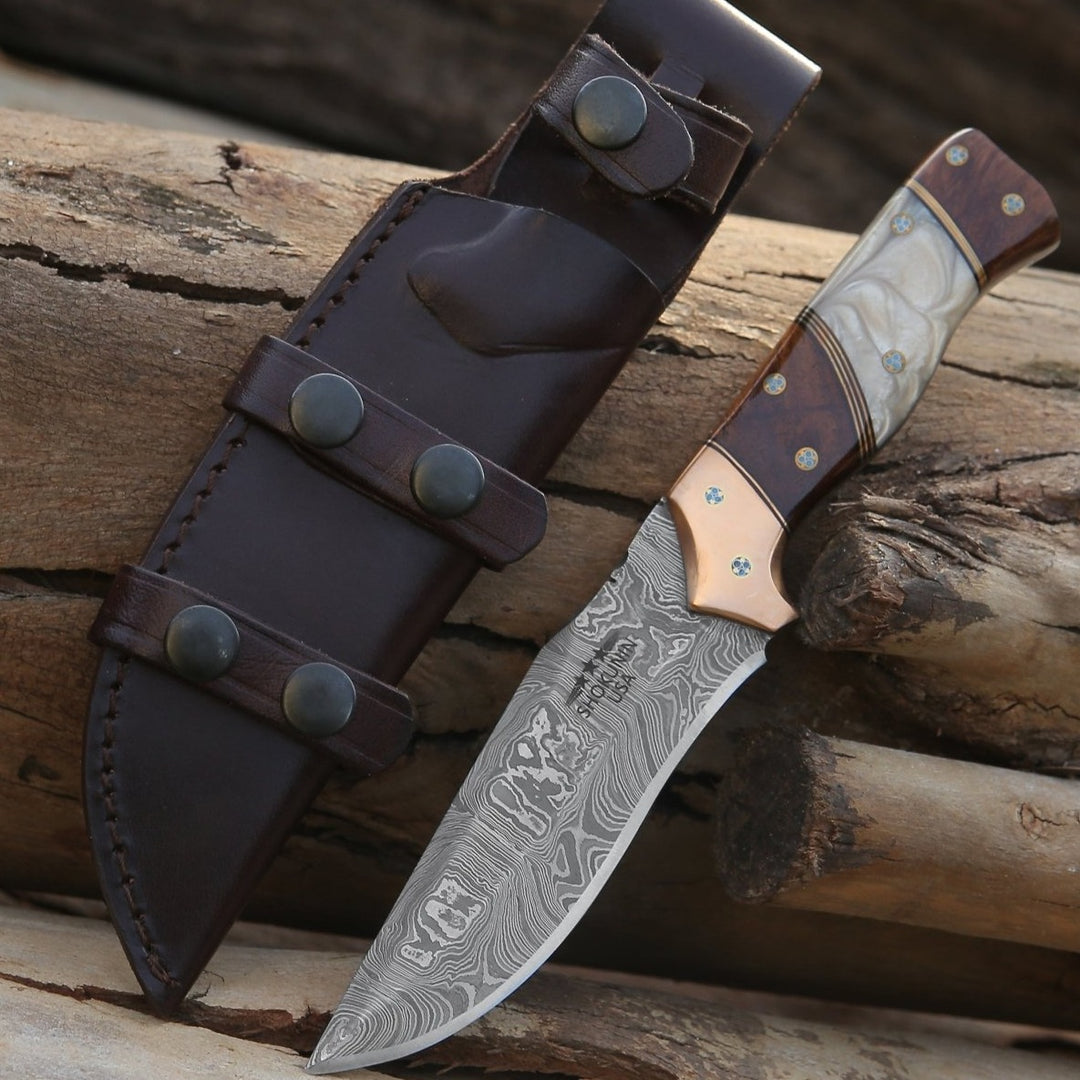
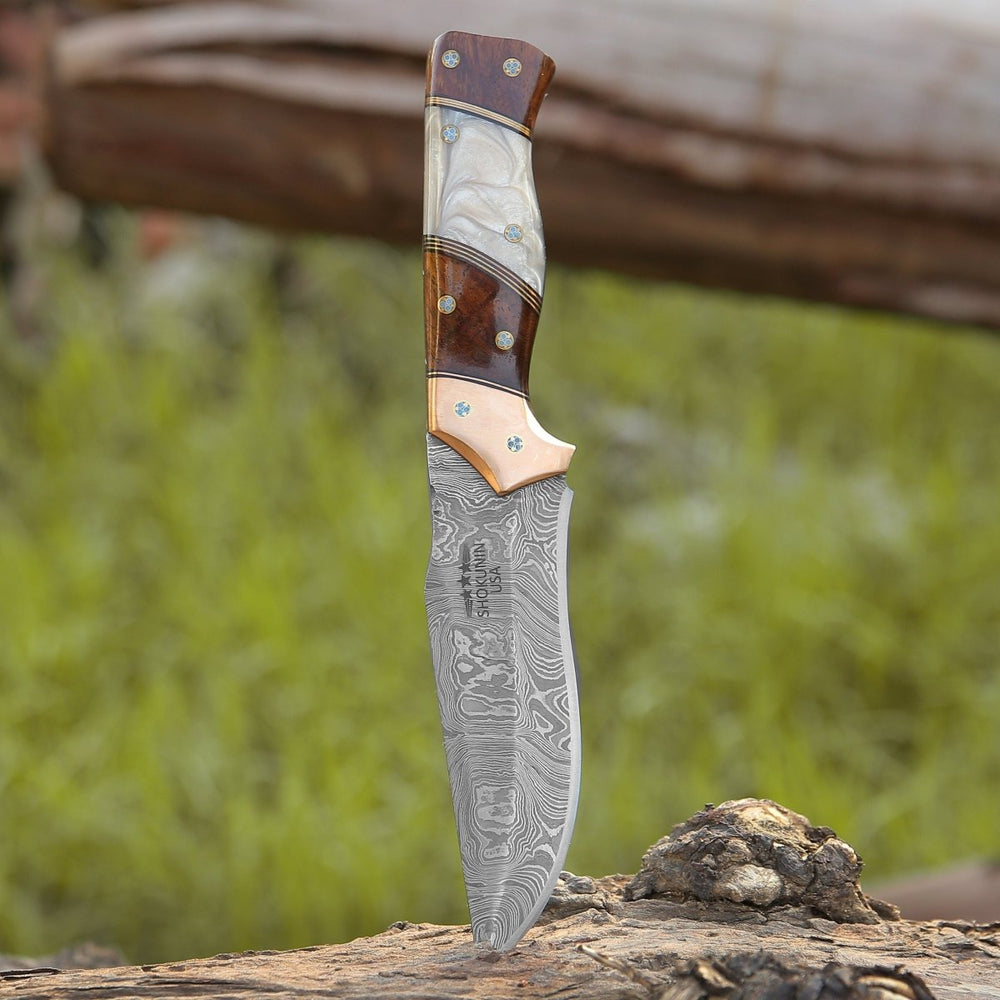
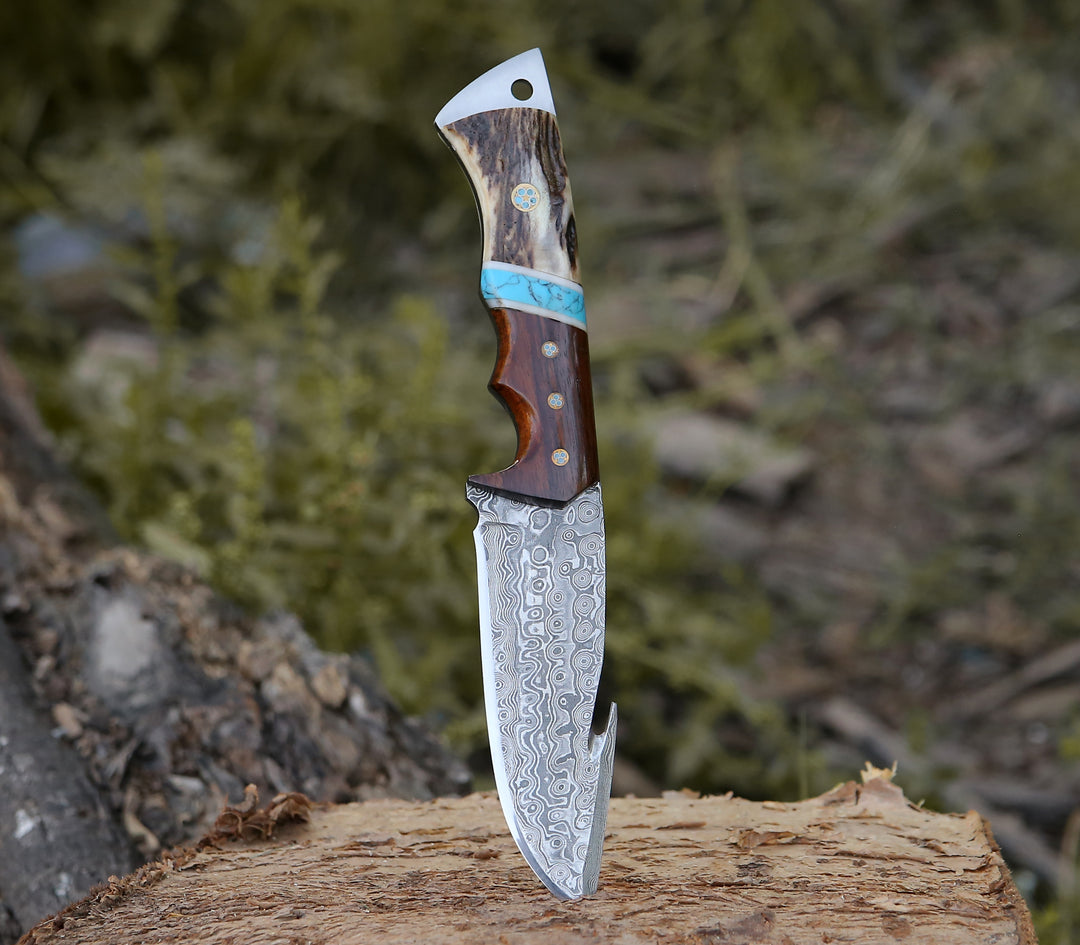

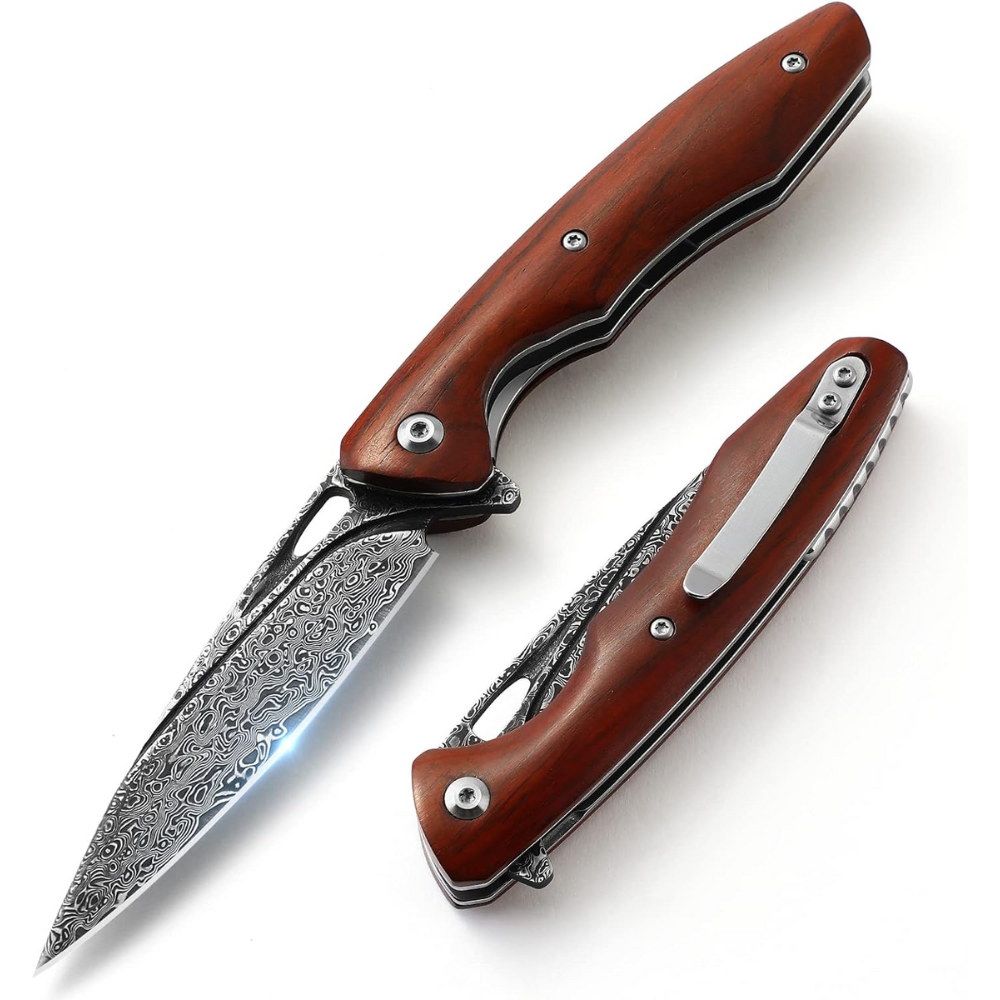


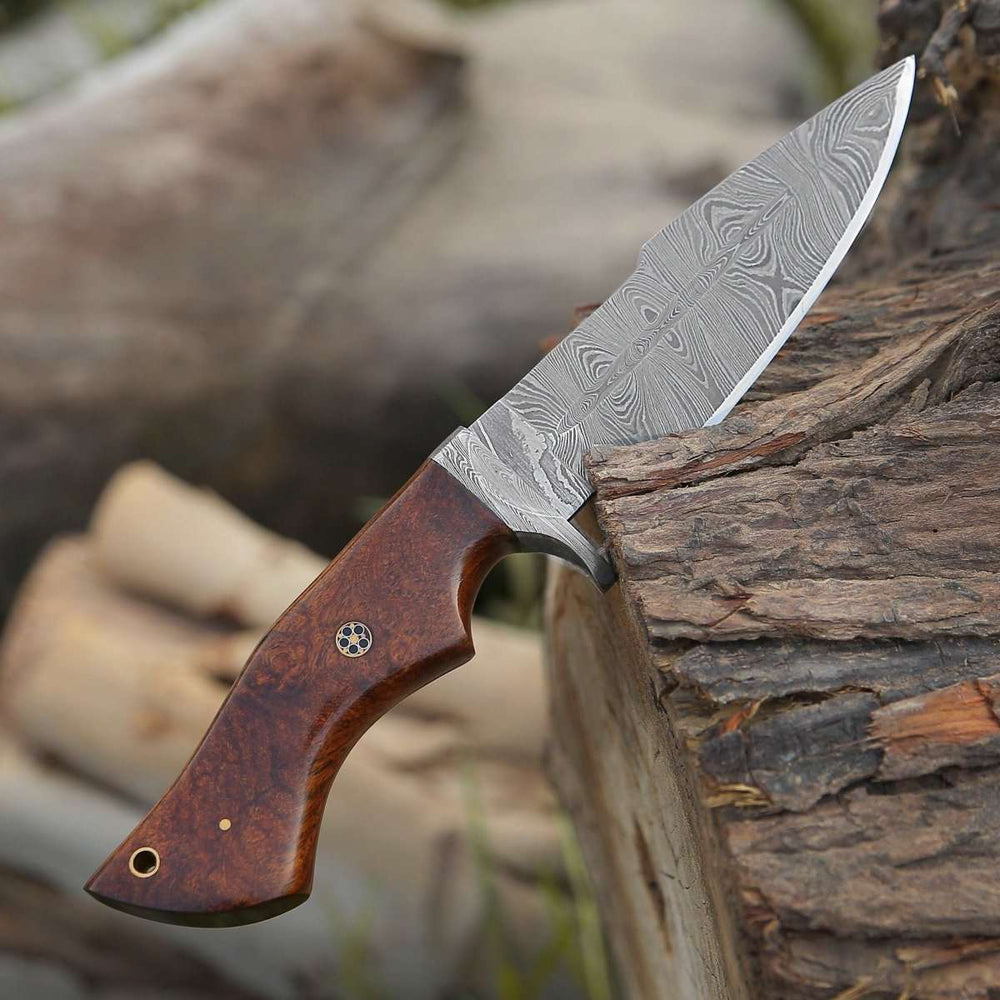

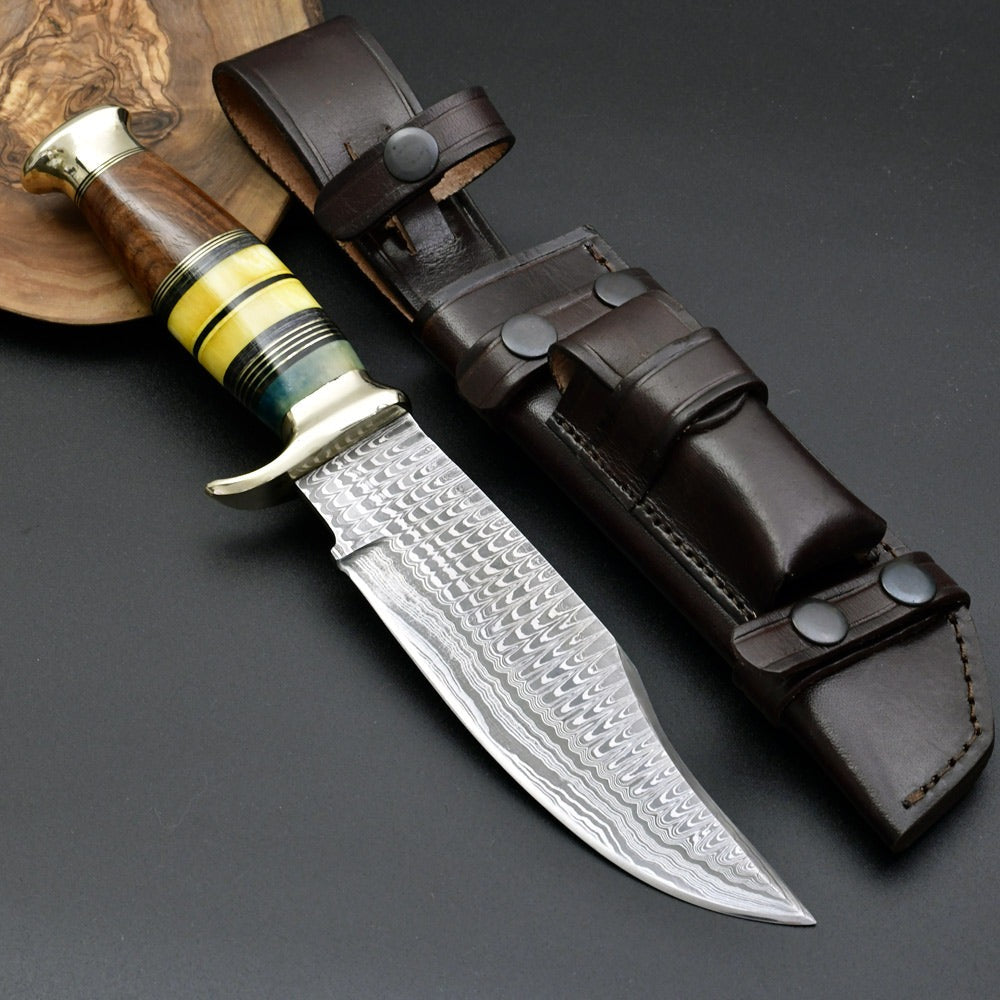

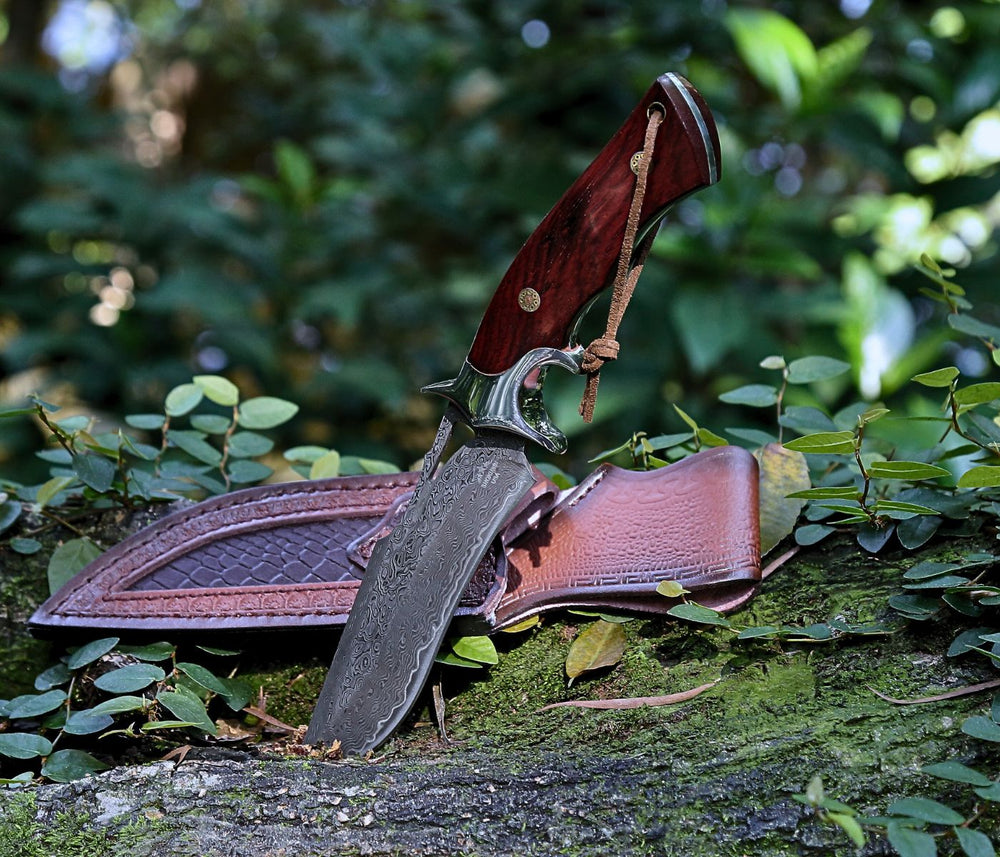
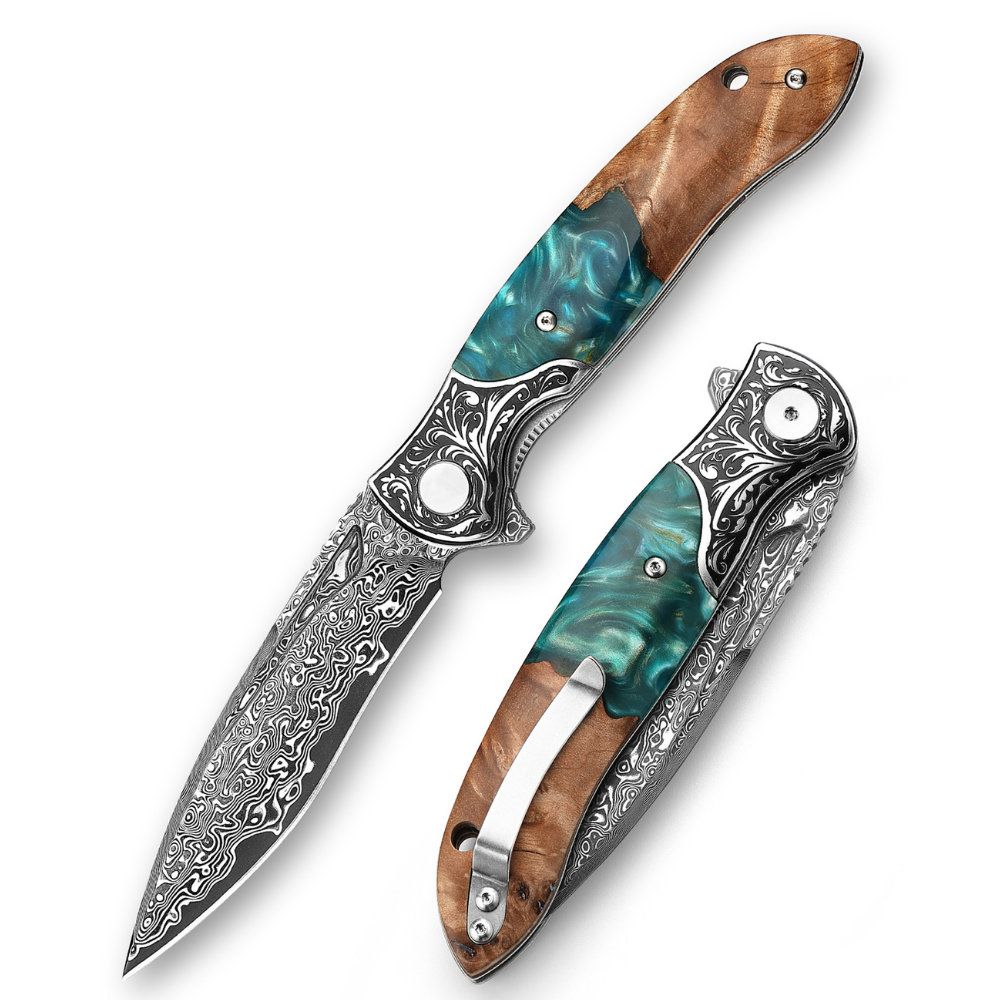
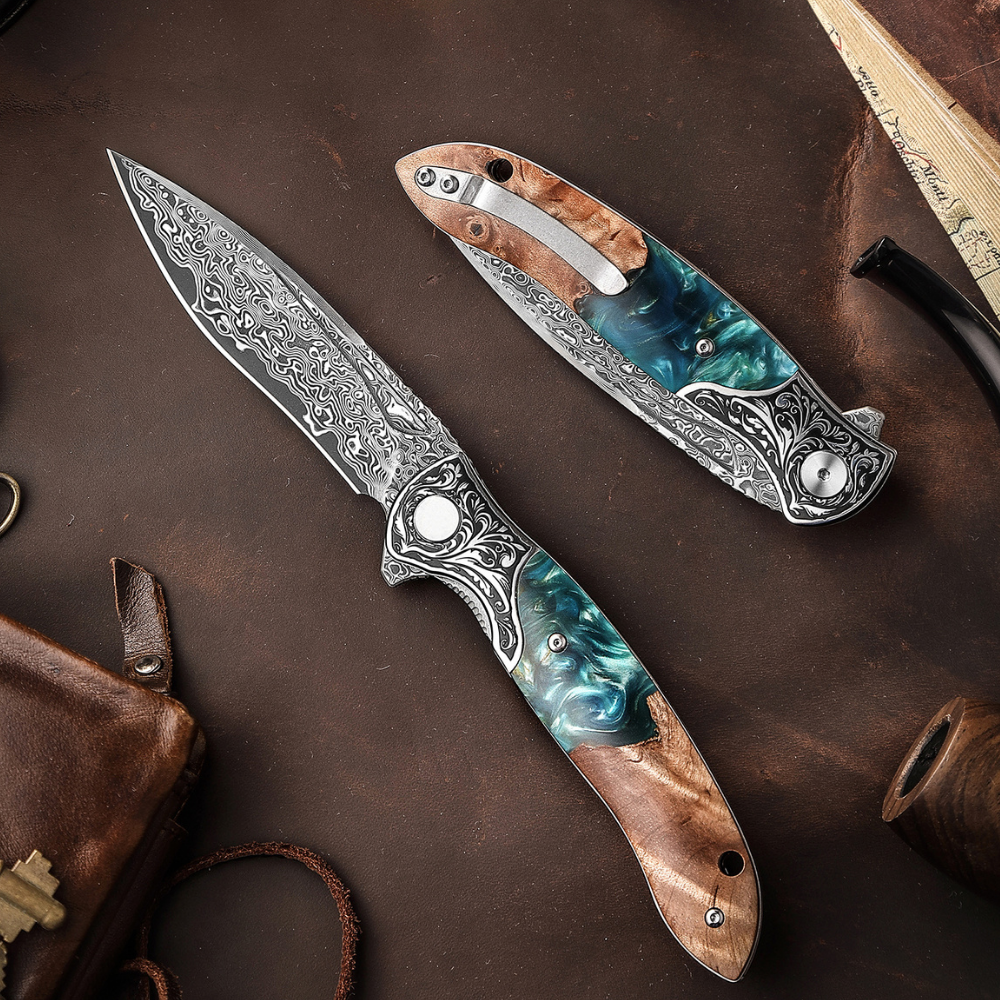
Leave a comment